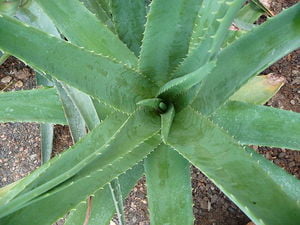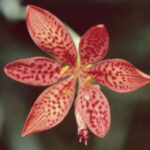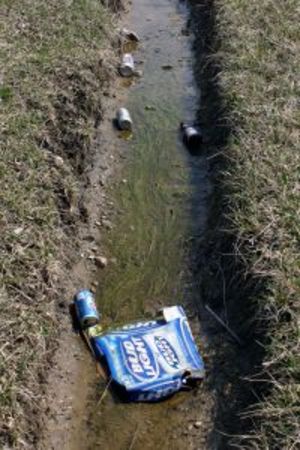.
Aloe vera plants are native plants to Africa and the Mediterranean where the weather stays warm. They are hardy in the U.S. Department of Agriculture zones 8 through 10. But for those of us who live in a zone colder than 8, this is a great plant to grow indoors. Actually, even if you do live in the temperate zones, everyone should have an aloe vera growing indoors in case you have a burn or bug bitten.
There are around 250 species of aloe vera. The leaves range in color from a dark green to a light yellowish green and some of the leaves may have white markings on them. When this plant is growing in warm outdoor environments, it isn’t unusual for them to produce yellow or orange flowers. Unfortunately, aloe vera plants that grow indoors will rarely ever bloom.
The aloe vera plant has been around since Bible times. The gel-like substance treats a number of problems such as burns, rashes, bug bites and a variety of skin problems. To use this wonderful plant, simply cut off one of the thick fleshy leaves. Peel away the outer skin and lay the thick gel against any affected areas.
Aloe vera plants are so easy to grow, and require almost no care. Because they are a part of the succulent family, they don’t need much watering and pests rarely bother them. The only problem you may have is keeping the soil too moist. The best time to repot an aloe vera is in the spring. This is also a god time to transplant the smaller plants or pups that are growing beside the mother plant.
Pot Size and Soil
Choose the right container. Aloe vera grows rapidly, and may outgrow their pots, so find a pot big enough that will accommodate the root section. The container should not be deep, because the root system of the aloe vera is shallow, but if the plant is tall, the pot may tip over. To solve that problem, fill the bottom third of the pot with coarse sand, rocks, or packing peanuts. Fill it with anything that will give weight to the pot and allow water to drain through. This bottom layer keeps the soil from staying too wet. Fill the rest of the pot with a cacti potting soil or other well-drained potting soil.
Watering
Aloe vera plants don’t need much water so allow the soil to dry between each watering. During the summer months, let the soil dry out almost completely. If the top 2-inches of soil feel dry, that is the time to water. In the winter months aloe vera plants enter dormancy so water sparingly. When you do water, remember to soak the soil thoroughly. I like to use a 5-gallon bucket or tub to water. Make sure you have enough room between the sides of the bucket and pot so you can easily remove the pot. The water level in the container should come up to the top rim of the pot but not overflow. Leave the pot soaking until the soil is visibly moist. Remove the pot from the water and place it on a drainage rack to allow excess water to drain away.
To tell if you are over-watering the aloe vera, look at the leaves. They should be firm, but when the plant has too much water, the leaves become soft and mushy.
Outdoor Care
During the spring and summer months, take your aloe vera plant outdoors when there is no danger of frost. The temperatures should remain 50° Fahrenheit or more. I put mine on the east-facing porch where it has a bit of morning sun.
When the temperatures fall below 50° Fahrenheit, take the plant back indoors. Grow your aloe vera in a bright window, like a south or west facing one, but keep it out of direct sunlight, because the leaves may burn. Aloe vera can tolerate colder temperatures, but they will freeze. If your plant does go through a light frost, and the leaves turn mushy, don’t throw it away just yet. Take the plant indoors. Sometimes they will come back from the root section.
Fertilizing
Feed the aloe vera plants every spring. with half-strength, bloom type fertilizer. with a higher phosphorous content. This will be the middle number on the fertilizer container. They always follow the order of Nitrogen, phosphorous and potassium.






